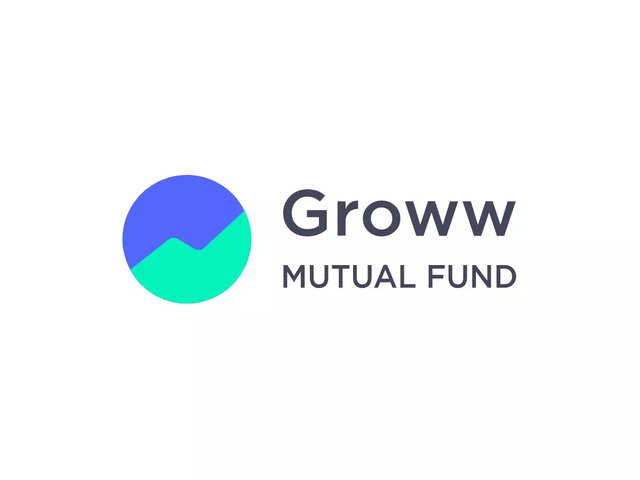
Amitek Sinha, COO, ET Medialabs writes how this is the right time to create deep funnels using digital marketing.
Aug 28, 2020, 12:06 IST
ad-agencies
Creating deep funnels using digital marketing
Aug 28, 2020, 12:06 IST
Amitek Sinha, COO, ET Medialabs writes how this is the right time to create deep funnels using digital marketing.
- Every leg of a customer’s journey with a brand adds to the firm's sales funnel.
Amitek Sinha , COO,ET Medialabs writes how this is the right time to create deep funnels usingdigital marketing .
Every leg of a customer’s journey with a brand adds to the firm's sales funnel. Businesses that have the most significant
Why digital marketing funnels
Since the pandemic, more people than ever before are spending time online. Even many who never spent much time on the internet, like baby boomers, are spending hours online. For many businesses, this is the right time to create deep funnels using digital marketing. This is a rare moment in history were online engagement has peaked.
Globally 2.6 billion people use Facebook every month. This number is growing by 11% year over year. Also, YouTube has never been more popular. Today 1.3 billion people use YouTube. Every day nearly 5 billion videos are watched on YouTube. The video streaming site gets 30 million visitors daily. Google, the biggest search engine in the world, processes 3.5 billion searches each day.
These numbers are mind bogging, and for marketers, they provide an exciting opportunity. Using digital marketing, a business can hone in on their target audience with a laser-like focus.
An apparel brand whose target segment is between the ages of 18 and 24 can attract these consumers by advertising on channels where these consumers spend the most time. What makes digital marketing so useful is that it can be focussed on a narrow audience. For instance, a brand that sells apparel that is likely to appeal to Bob Marley fans can display its ads to those who enjoy listening to the artist.
Brands can precisely target consumers having an endless variety of tastes. Those who love cooking can be persuaded to buy different ingredients or utensils. Grandparents can be shown investment plans that contribute to their grandchildren’s education.
Understanding digital marketing funnels
Digital marketing creates a funnel. A digital marketing funnel consists of prospecting, nurturing, and buying. Prospecting happens at the top of the funnel, nurturing at the middle, and buying at the lower part of the funnel. Like any sales funnel, a digital marketing funnel is wide at the top and gradually narrows towards the bottom.
In the prospecting stage, potential consumers may see a brand’s products on popular social media sites like Facebook and Youtube. In this stage, a consumer is unlikely to make a purchase. That’s because they don’t know the brand well enough. Once they understand what problem a brand will solve, they are likely to become more interested.
Some consumers will move downward in the funnel to the nurturing stage. At the nurturing stage, consumers recognise they have a problem and are looking more closely at a brand that presents a solution. During this stage, a brand should interact with consumers using Facebook, SEO, search ads, email, and influencers. To sell to consumers, a brand should use search ads and SEO.
A sales funnel doesn’t end when someone makes a purchase. Once a person buys from a brand, he or she becomes a customer who must be engaged in a manner that makes them loyal to the company. Such a customer may be targeted with re-marketing, and they should be asked to subscribe to the brand's social media handle on Facebook, Instagram, and YouTube. They must also be engaged with attractive and crisp emails.
How to improve digital marketing funnels
The more people at the top of a sales funnel, the larger the number likely to make a purchase.
Re-targeting can improve a sales funnel. Re-targeting prevents leakage of the funnel: using retargeting a brand keeps customers engaged. Engaged customers’ who have enjoyable customer journeys are more likely to display brand loyalty. A digital marketing funnel can also be improved by targeting audiences who have preferences similar to those of existing consumers. The precision of digital marketing makes it possible for a brand to reach a broad audience that is likely to want its products or services.
There are other ways to improve a digital marketing funnel. Customers at different levels of a sales funnel should be engaged differently. Great content goes a long way in engaging consumers who are in the middle of a sales funnel. In contrast, those at the very top of a sales funnel may be attracted by edgy ads.
Social media plays a vital role in customer journeys. A vibrant social media handle serves to attract many other consumers to a brand. A brand that is prominent on social media enjoys wide circulation making it easier to build a more massive funnel.
INSIDER INTELLIGENCE REPORTS







